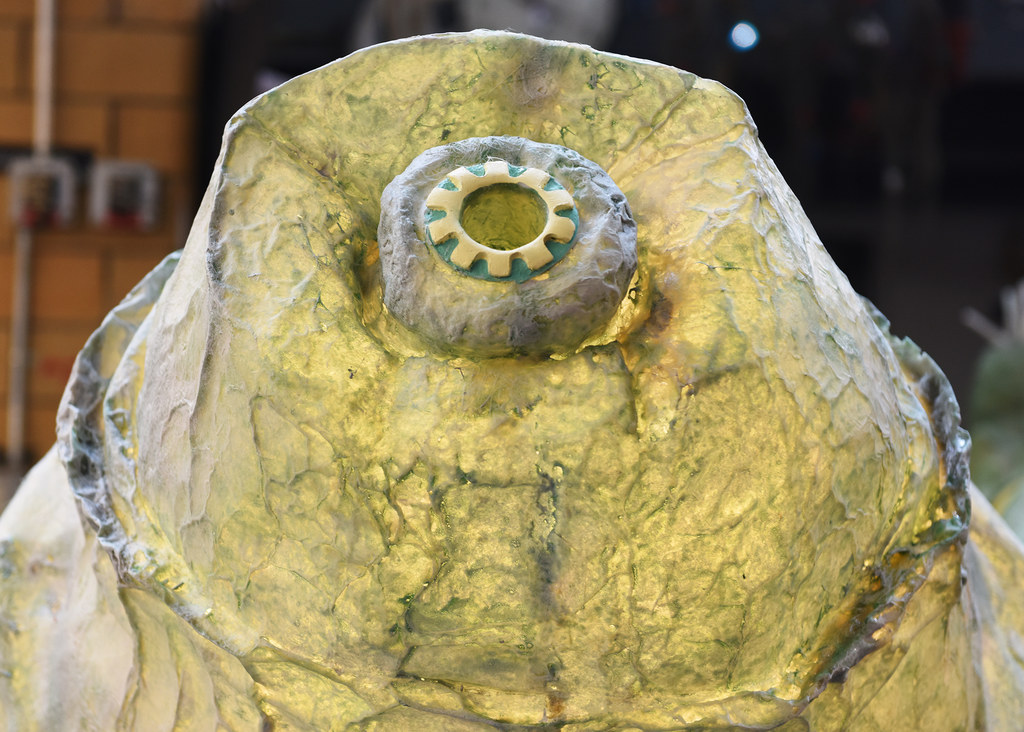
Tardigrades are tiny, eight-legged creatures that are basically indestructible. You might know them by a different name — they're often called water bears or moss piglets because of where they make their home.
"They don't all live in moss, but that's a pretty good way to find them," Dr. Mark Siddall, a parasitologist and curator at the American Museum of Natural History, told BuzzFeed.

Siddall showed us around the museum workshop where 10-foot-long tardigrades are currently in production for the museum's new show, Life at the Limits, all about the amazing and unusual ways living things adapt to life on Earth.
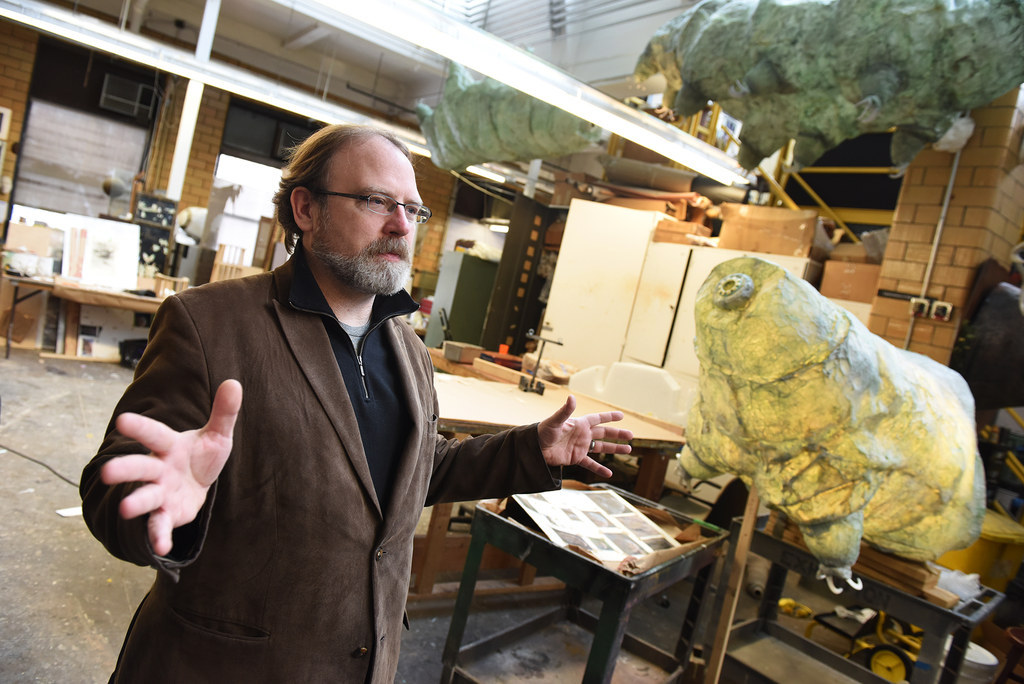
While tardigrades typically live near water, they can survive just about anywhere. They've been found at the bottom of the ocean, up a mountain in the Himalayas, in Japanese hot springs, and under the surface of a glacier. They even survived when they were blasted into space and left outside in the subzero, oxygen-deprived vacuum for 10 days.
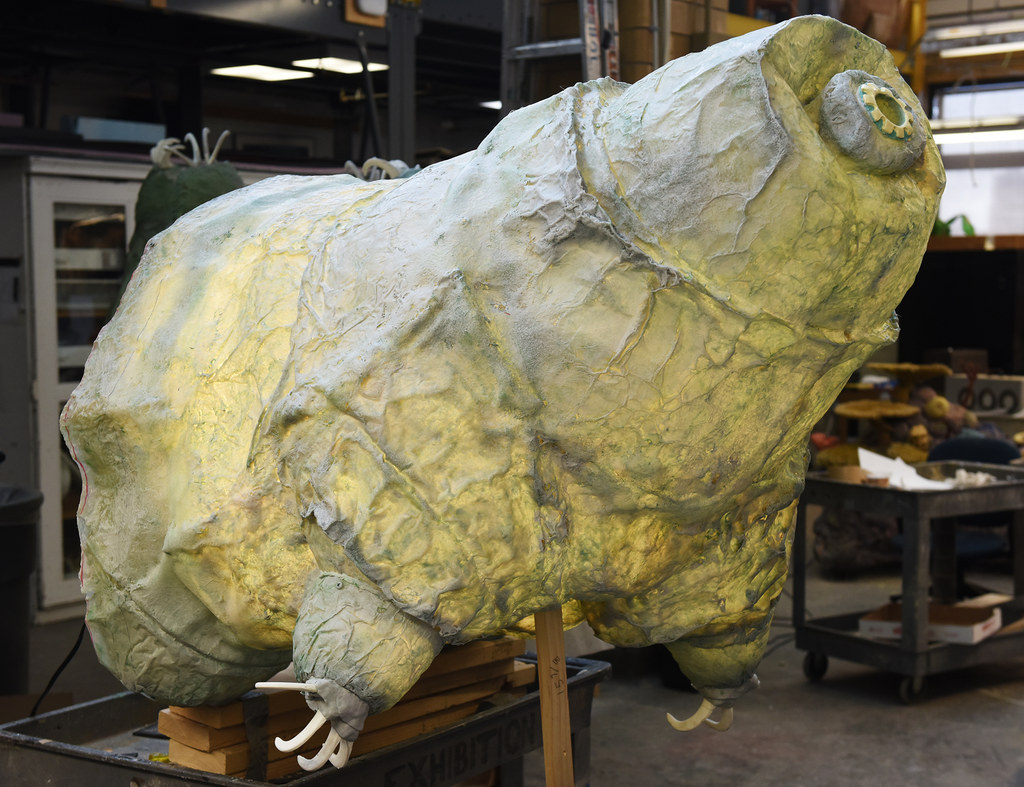
Tardigrades are also masters of DNA repair and can survive a thousand times the lethal human dose of X-ray radiation. In short, they're indestructible. "They're super, in a very strict sense," says Siddall. It's clear why they're the mascots of a show about amazing animals.
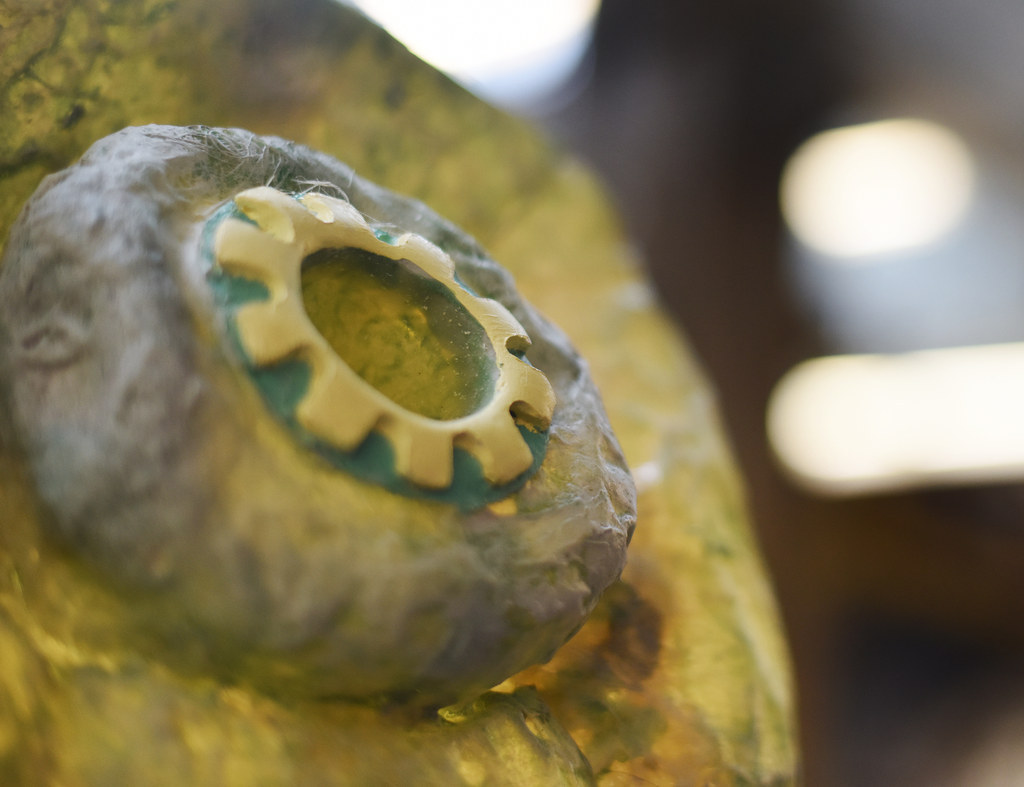
"When you walk into the exhibition, you'll see three of these right at the front, beautifully backlit," says Siddall. There you'll be able to learn more about exactly how indestructible these little guys are.
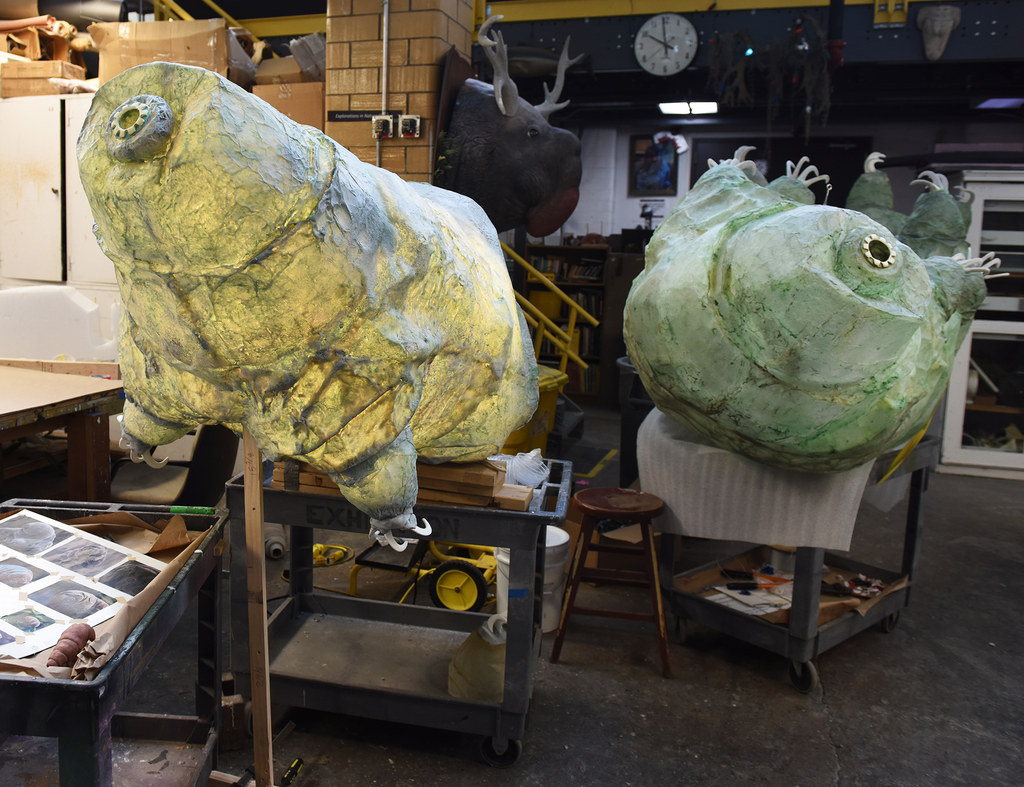
Like, for example, the fact that despite consisting of around 1,000 cells, they can survive at pressures six times higher than that at the bottom of the Mariana trench.
Or that if a tardigrade gets intro trouble, it dries out and shuts down most of its metabolic processes. The dehydrated tardigrade, known as a tun, can survive for years and years. When there's water again, it reanimates and goes about its life as if nothing ever happened. "They can survive the loss of almost 100% of their water," says Siddall.
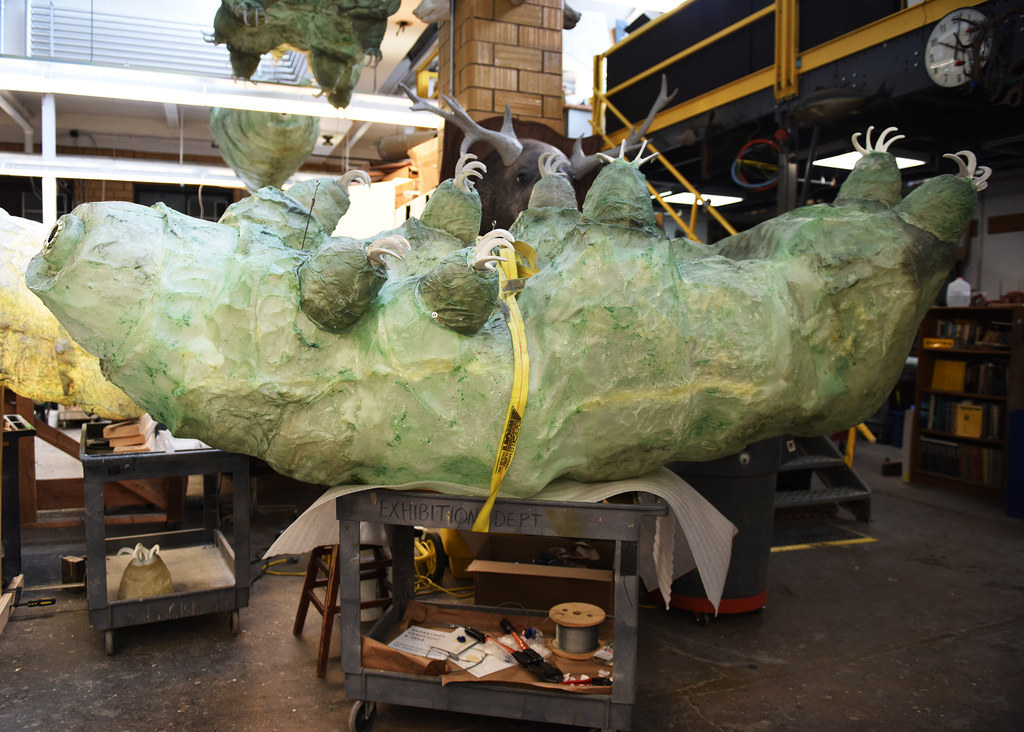
Tardigrades are the shows heroes, but they're not the only species that will feature. The exhibition will explore many different plants and animals that have adapted to their surroundings in unusual and interesting ways.
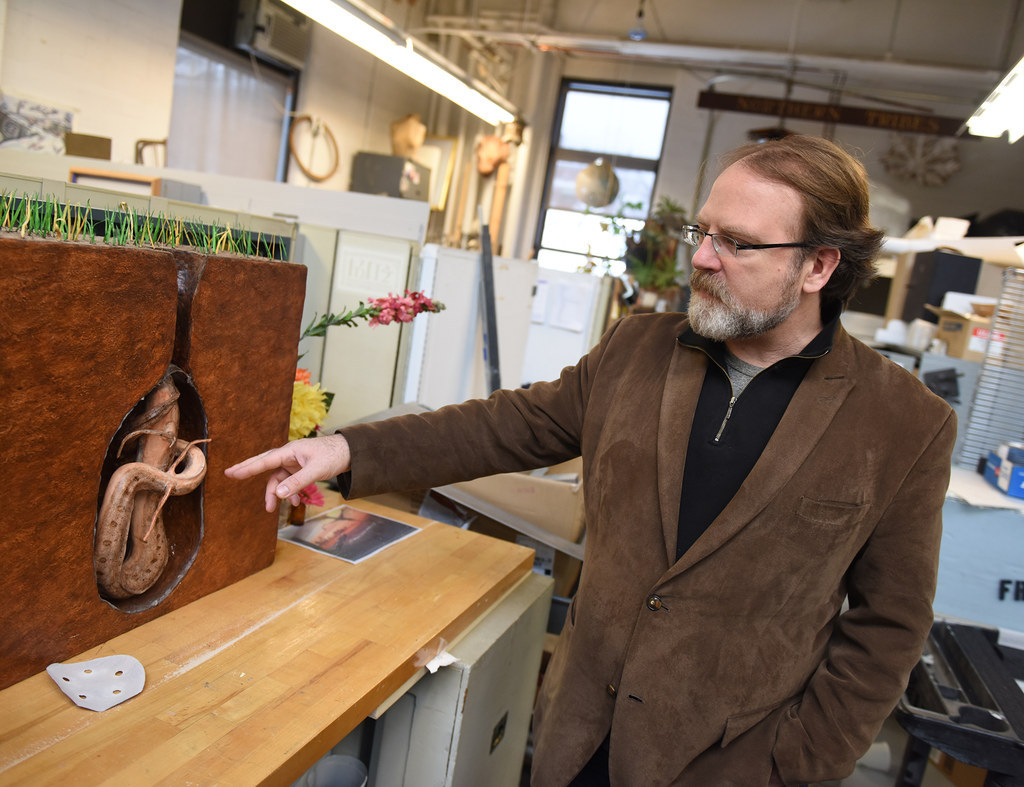
Lungfish, for example, survive for months during the dry season by surrounding themselves in a mucus cocoon and sitting in clay, living mostly off their reserved fat stores.
Apparently people that live in the same area as the lungfish make their homes out of clay. "What happens is they'll cut the clay out of the ground and they'll make their home," says Siddall. "And then the rains come and fish come out of their walls." (I searched YouTube to see if there was video evidence of this, and, this being the internet, of course there is.)
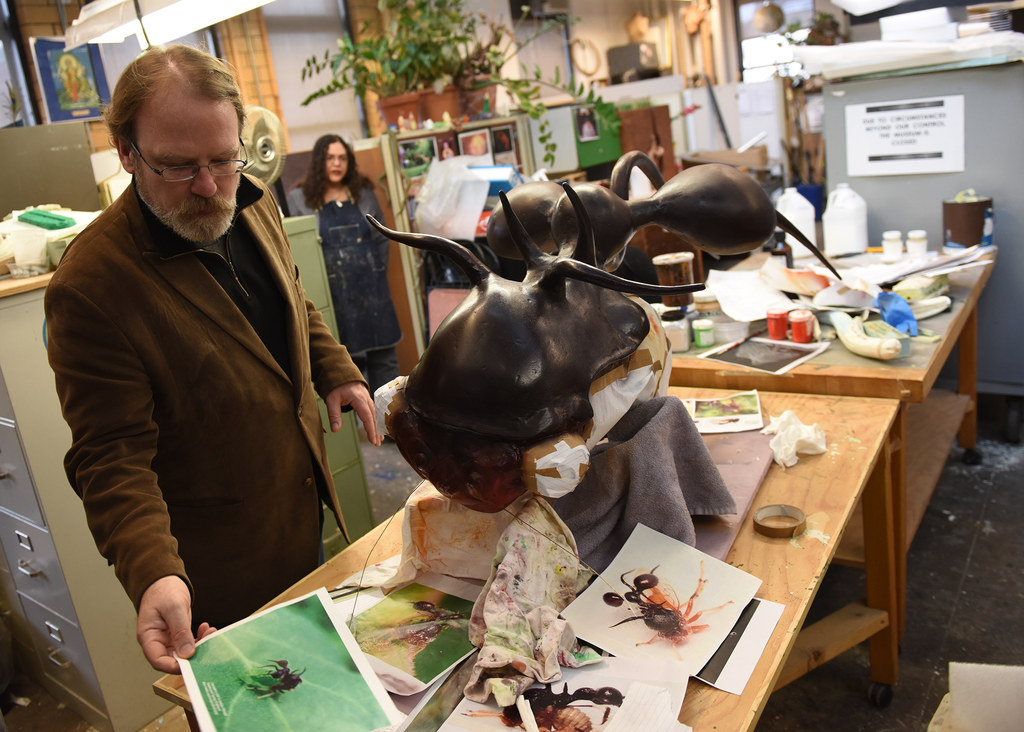
And then there's the treehopper ant. One species has hornlike appendages growing from its head, making it look like a different, vicious species — despite actually being harmless.
"It's a perfectly tasty treehopper that has no aggressive characteristics whatsoever," says Siddall. "But obviously, over the course of time, evolution has selected those that look like this."
Fans of the mantis shrimp should also be excited: There'll be a live one at the exhibition, as well as an axolotl and a nautilus.
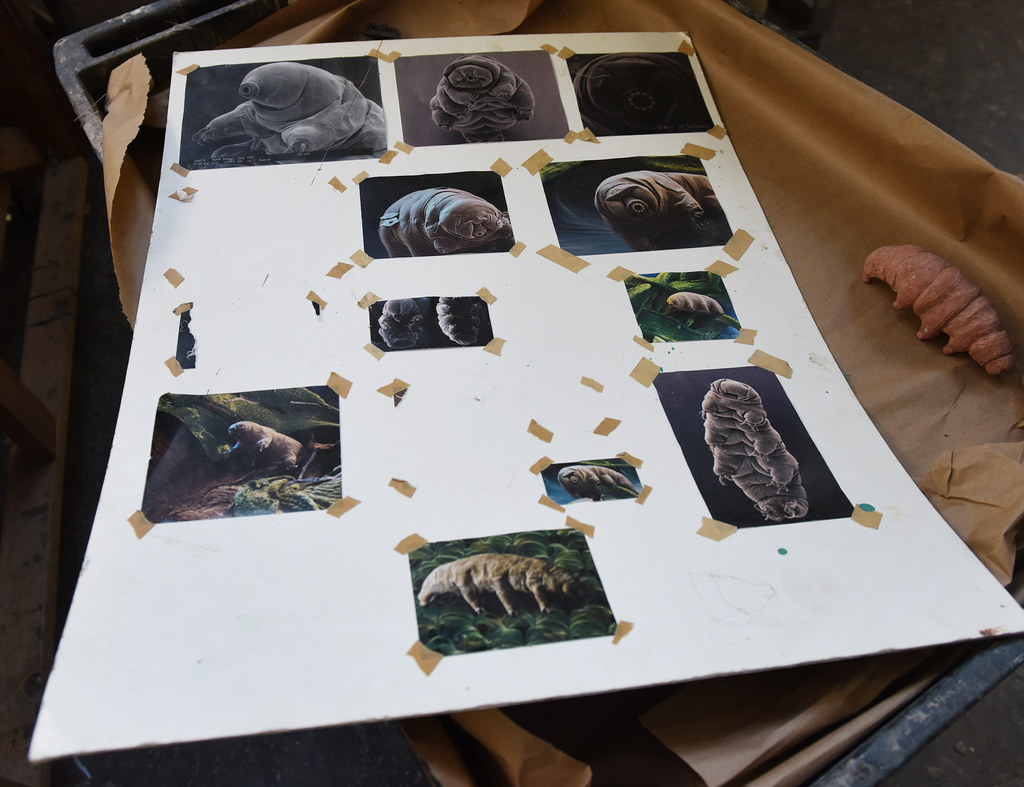
Of course there can't be a live example of every animal. Most will be models — like the 3,000-times-bigger-than-life-size tardigrades we're here to see.
"Everything starts with a scale model," says Siddall. From there, the preparators, who actually put all the museum's props together, think about where things are going to go in the exhibition and how people are going to interact with the exhibits.
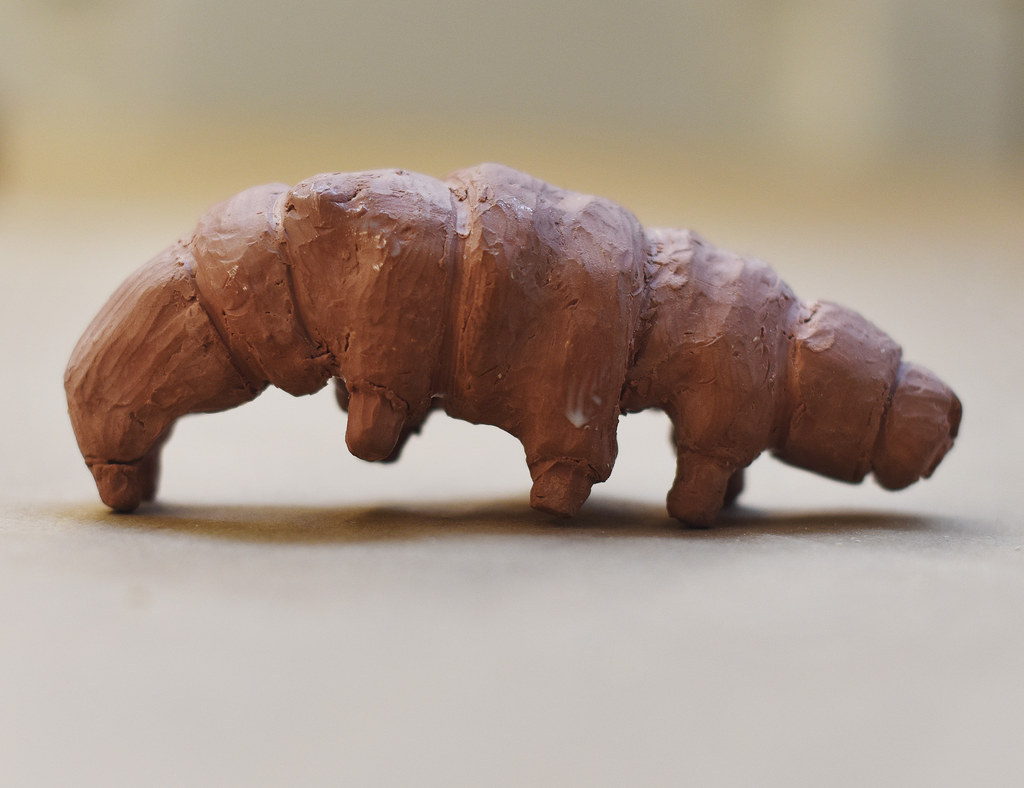
The tardigrades that will be above people as they enter the room have an aluminium framework inside holding them together, says Siddall. "You don't want this falling down on somebody's head."

So can the 10-foot-long models of tardigrades possibly match up to their tiny counterparts' temperature-resistant, crushproof, vacuum-defying, self-resurrecting invincibility?
Siddall says there have been no disasters (yet) in the making of the exhibition. But when I look a bit skeptical, he admits, "Some of the claws have broken off."
